YBB Capital | Metis:MEME叙事中的Layer2,Layer2竞争中的最强黑马?
Original author: YBB Capital Researcher Ac-Core
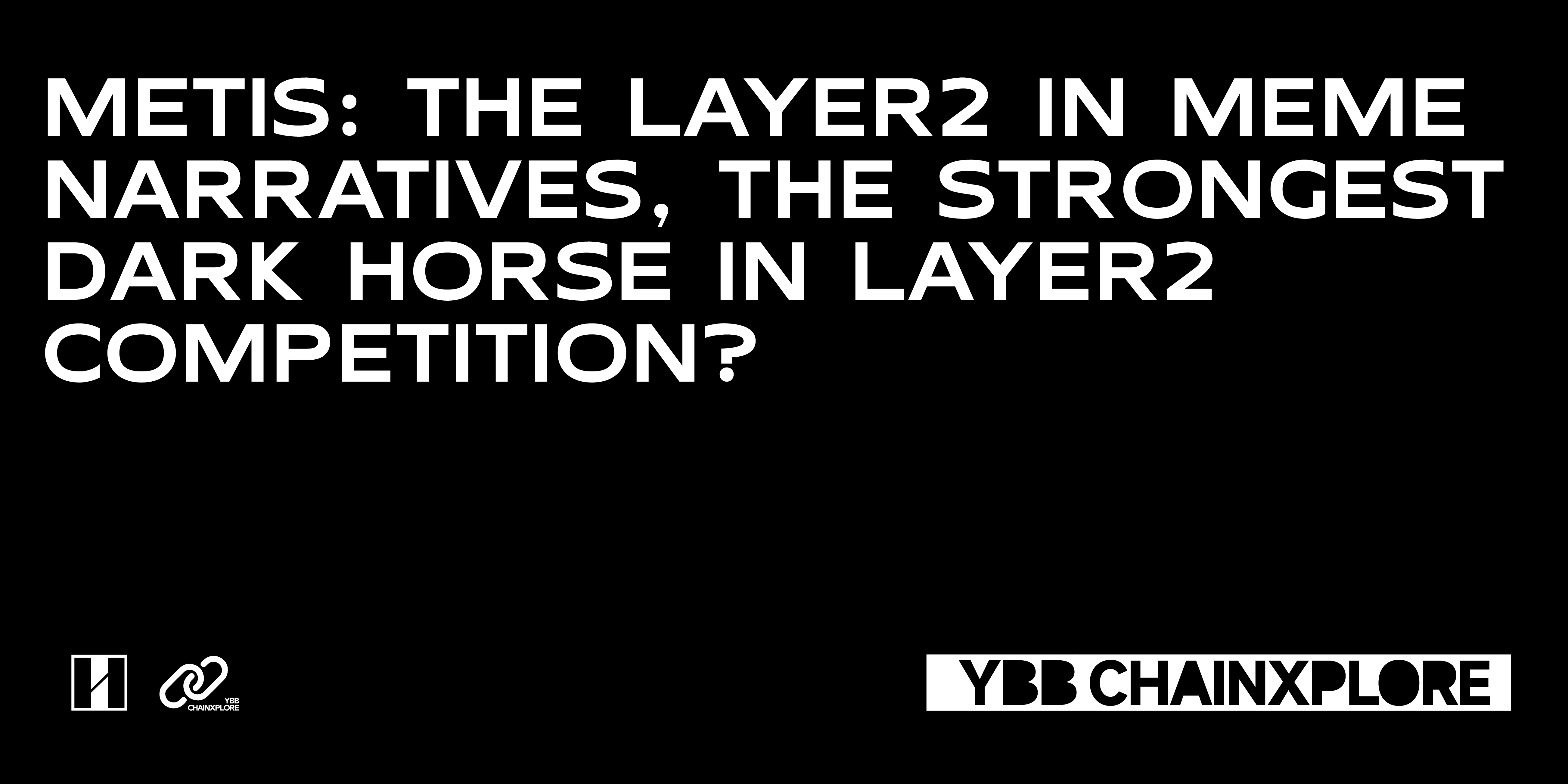
Foreword:
Layer 2 should be an expansion path rich in Ethereum correctness in our consciousness, but due to the influence of market rumors that the founding team of Metis is Vitalik Buterins mother/best friend, Metis was given the title MEME Layer 2 , which undoubtedly hits the crux of market investors’ belief in the orthodoxy of Ethereum. However, the current essential attribute of blockchain is still code + finance. From an investment perspective, technology and market have always been a pair of happy enemies who are both separated and reunited. Can Metis use other Rollup centralized sorters and Can you stand out from the many Layer 2s by controlling the disadvantages of the economic model?
Introduction to Metis
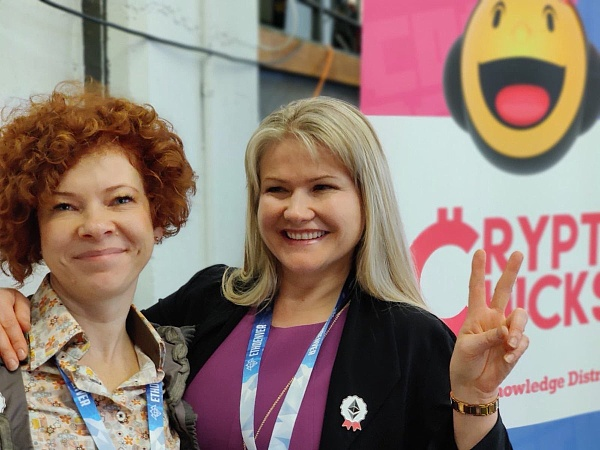
(Natalia Ameline left, Elena Sinelnikova right)
The origin of the MEME attribute. According to Metis official website, Elena Sinelnikova, co-founder and CEO of Metis, has been promoting the education and popularization of the blockchain industry. She is also the association of the educational non-profit organization CryptoChicks, the worlds largest female blockchain community. One of the first creations. Another co-founder of CryptoChicks is Natalia Ameline, who is the mother of Ethereum founder Vitalik Buterin. In addition, Vitalik Buterin’s father Dmitry Buterin also took the lead in founding the blockchain education company Blockgeeks, which is dedicated to developing blockchain technology-related course. Metis Network was established in 2018 and released in May 2021.
Metis is a Layer 2 based on the Ethereum chain. It is the earliest fork project of Optimism. Its working principle is the same as other Layer 2. The biggest highlight is that it is the first Optimistic Rollup to successfully realize the decentralization of the sorter. The network employs a Proof-of-Stake Sequencer Pool mechanism to ensure continued availability and censorship resistance of the network, while enabling fee sharing and sequencer staking. These sequencers are responsible for determining the packaging order of transactions. During the process, they must obtain the signatures of at least 2/3 of the sequencers in the sequencer pool before the data can be packaged and uploaded to the Layer 1 network. In order to prevent malicious behavior, Metis also introduces the role of validator, which conducts sample surveys on blocks to ensure that the ordering of transactions by the orderer is correct.
MPC (Multi-Party Computation) has advantages in privacy protection and decentralization. However, it also has some obvious disadvantages in blockchain networks that require consensus. Due to the lack of relay nodes to distribute information, the number of communications increases, which in turn leads to a significant increase in communication costs within the network. Metiss solution is to transform a single point orderer into a orderer pool, achieving decentralization through a node staking mechanism and a rotation mechanism, so that the decentralized orderer can reach consensus and complete signatures. While this may make the network cost ultimately not much lower than Layer 1, it enables MEV resistance and solves the single point of failure problem while distributing benefits to node stakers.
The recent dramatic growth of Metis TVL has drawn attention to the importance of decentralized sequencers. According to L2 BEAT data, the TVL of the OP scheme currently ranks fifth among all Layer 2 networks. Metis’ decentralized sorter is designed to proactively distribute the pie while also allowing the market to see the value capture of Layer 2 native tokens.
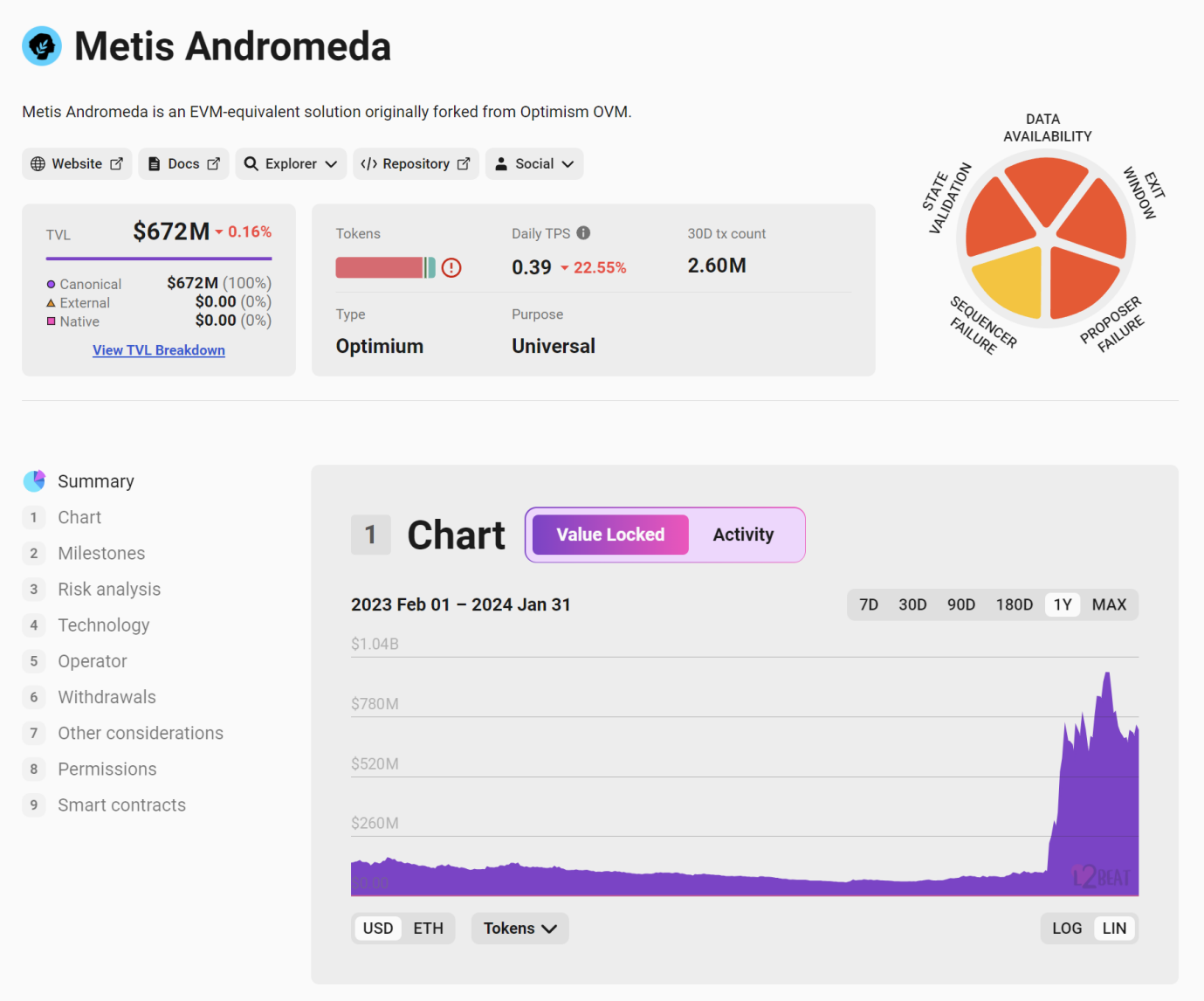
Source: L2 BEAT data time 24/02/01
Rollup three elements
Rollup is one of the Layer 2 solutions, also known as rollup. Its working principle is to migrate the transaction calculation and storage performed on the Ethereum main network (i.e. Layer 1) to Layer 2 for processing and compression, and then upload the compressed data to the Ethereum main network, thereby expanding the performance of Ethereum.
Rollup can be divided into ZK Rollup and Optimistic Rollup according to different schemes to ensure the validity of compressed data (that is, data correctness). It involves off-chain computation, packaging transactions onto the chain every few minutes, rolling verification and accounting, hence the name. However, although we usually call it a Rollup chain, the off-chain part of a Rollup is not a complete blockchain. Literally, a Rollup rolls up a bunch of transactions to form a Rollup transaction. After receiving this Rollup transaction, all nodes Do not execute the wrapped logic but only accept the execution results of these logics.
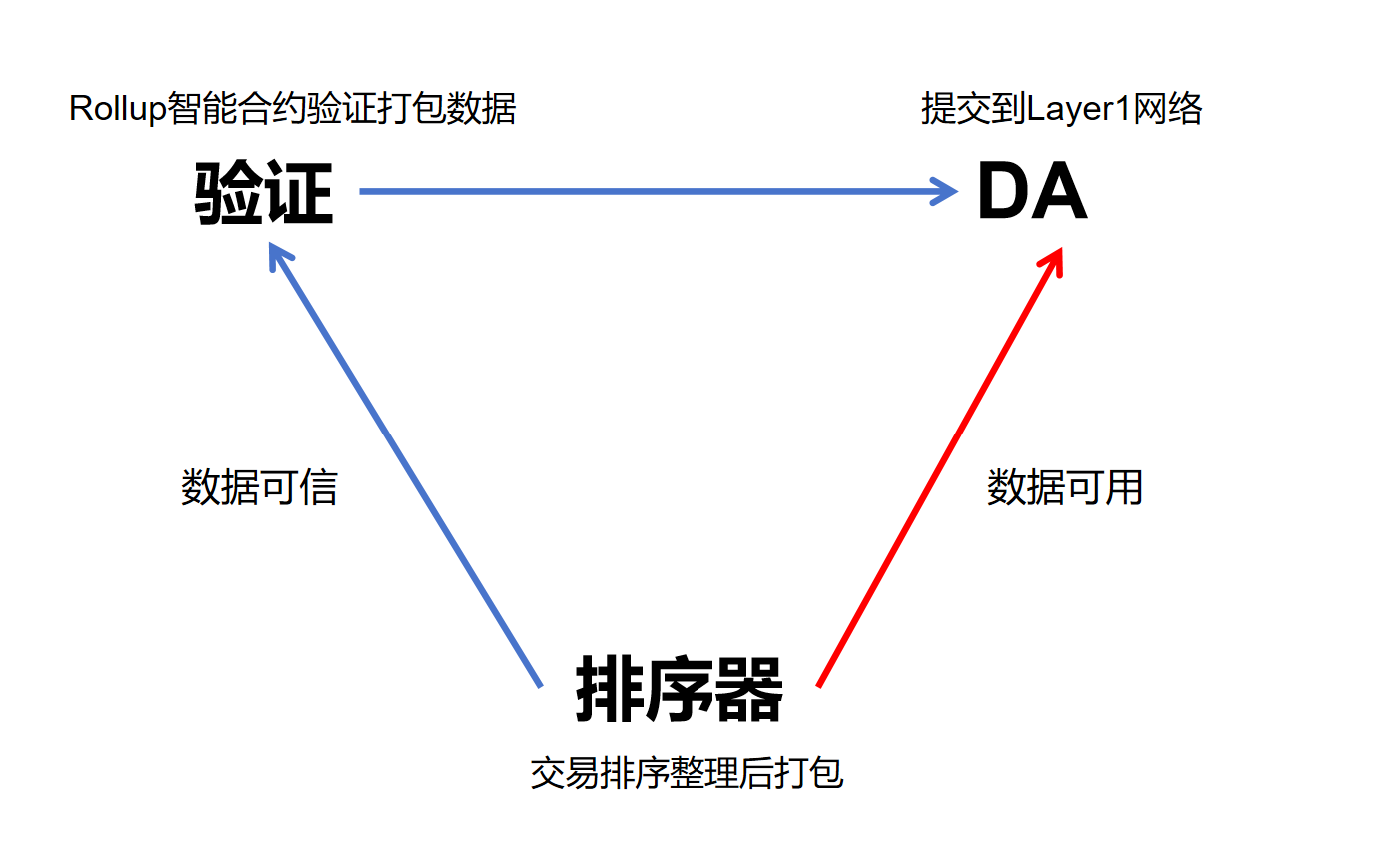
Image source: Ac-Core self-made
Sequencer
The sequencer is the role in L2 responsible for sorting, sorting, packaging and submitting transactions to the L1 network. Currently, most L2 projects rely on a single sequencer (usually the project party itself) to complete the above work. There are two security issues here. Problems: 1. Single point of failure. If the sequencer has problems due to attacks or technical failures, the entire network will shut down;
2. Scalability issues. A single sequencer may be unable to cope with the increasing transaction volume.
verify
During the transaction process, the packaged data sent by the sequencer needs to be verified. Currently, most of the verification of Ethereum Rollup is executed by the Ethereum Rollup smart contract to ensure the credibility of the data. There are mainly two different verification methods: ZK Rollup (zero-knowledge proof Rollup) and Optimistic Rollup (optimistic rollup). For example:
ZK Rollup:
Verification method: ZK Rollup uses Zero-Knowledge Proofs to verify the correctness of all transactions that occur in Layer 2. Zero-knowledge proofs allow validators to confirm the validity of specific transactions without knowing their details;
Privacy protection: ZK Rollup emphasizes user privacy, because what is submitted on Layer 1 is the proof of the calculation results rather than the details of the transaction. The specific transaction content is performed on Layer 2, while Layer 1 only verifies the validity of the zero-knowledge proof.
Optimistic Rollup:
Verification method: Optimistic Rollup adopts an optimistic strategy, which assumes that all transactions are legal and then verifies them only when necessary. Verification is accomplished through Fraud Proofs, that is, a proof is submitted on Layer 1 to prove that the transaction on Layer 2 violated the rules;
Real-time: Since all transactions are assumed to be legitimate, Optimistic Rollups transactions on Layer 2 can be carried out quickly, and verification occurs when disputes or objections arise.
DA(Data Availability)
DA stands for Data Availability, which publicly publishes the status data of each transaction processed off-chain so that other participants can also access and use these transaction status data. Some Layer 2 writes transaction status data to Ethereum Layer 1, thereby implementing DA. There are also some Rollup Layer 2 that write key transaction data on third-party blockchains. The premise of data availability is that the data is trustworthy.
For example:
DA in Optimistic Rollup: Ensure that Layer 1 can obtain the data of all transactions on Layer 2. If data is unavailable, anyone can dispute it on Layer 1, which helps prevent potential data tampering or omissions;
Commitment in ZK Rollup: In Layer 2, all transaction calculations and storage occur, but only the result of the calculation (called a Commitment) is submitted to Layer 1. Zero-knowledge proofs are used to prove the correctness of these Commitments.
Note: In ZK Rollup"Commitment"It focuses more on verifying the correctness of transaction calculation results on Layer 2, while"Data availability"Focusing more on ensuring that Layer 1 can obtain the data of all transactions on Layer 2, the two usually complement each other to ensure the security and reliability of the entire system.
Among the three key elements of Rollup, the sequencer is considered the most critical. The sorter is responsible for performing the process of sorting and compressing Layer 2 transaction information off-chain. Since this process involves verification of the authenticity of the data, achieving data availability is crucial. However, when the sorter is decentralized, the implementation of data trustworthiness verification and availability may no longer be so critical.
Metis decentralized sorter based on PoS consensus
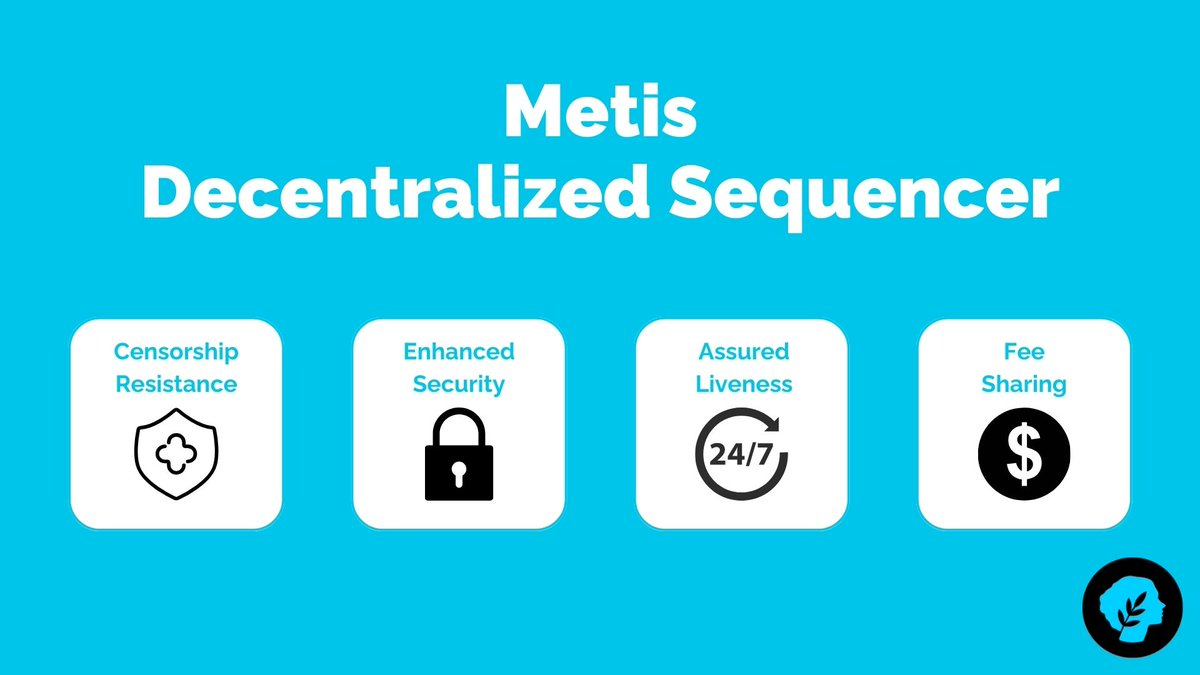
Image source: Metis L2
Sorter selection
If you lock $Metis on Metis, you have a chance to become a node. The weight will be calculated based on the number of $Metis locked, and the algorithm will allocate a range to these nodes. Metis Rollup pair"Transaction data verification section"Improvements have been made. In the calculation process of Layer 2, a method called"SF"role, and motivate verification nodes to quickly verify transactions through a competitive mining mechanism, and this process is achieved through a competitive mechanism. Similar to other Layer 1 networks that use Proof-of-Stake (PoS) mechanisms, Metis transactions also require node verification. Therefore, there is no dispute about the data packaged and transmitted from Metis to L1, which avoids the problems of intervals and delays in withdrawing assets from Metis to the Ethereum mainnet.
A significant difference of Metis Rollup compared to Optimistic Rollup is that it only takes a few hours or minutes to withdraw assets from Metis to the Ethereum L1 layer. This highlights the advantages of Metis Rollup in terms of efficiency and speed in processing transactions. Generally speaking, nodes with higher lock-up amounts have a higher probability of joining the sorter. Of course there is some randomness involved.
Sorters MPC (Multi-Party Computation)
Metis’ implementation of sequencer decentralization involves three key roles: administrator (Admin), sequencer, and PoS-based consensus layer.
Administrator: Responsible for setting key parameters of the overall network and managing the qualification of sequencers to join the sequencer pool. The parties to the agreement no longer directly have absolute control over such matters, but will be executed by the administrator after the proposal is approved. One of the difficulties in achieving decentralization is that the management of the sorter must be carried out in a decentralized manner while maintaining efficiency and convenience;
Sorter: Metis uses MPC (Multi-Party Computation) signature based on TSS (Threshold Signature Scheme) to manage the signature permissions of multiple sorters. Each sequencer has the right to decide a batch, and all sequencers participate through MPC signatures. If the number of signatures exceeds 2/3, the batch is considered valid and can be submitted to the Rollup contract on L1. MPC signing by the sequencer pool is managed by another contract in the PoS-based network. When the PoS network cannot detect the MPC address, the MPC module is triggered to generate the key;
PoS-based consensus layer: The PoS network is responsible for managing the contract of the orderer’s signature authority, monitoring the MPC address, and triggering the generation of keys. The generated key is sharded and distributed to each sequencer in the pool for MPC signing. The settings of this module cover the life cycle management of keys, including multi-signature generation, key re-sharing, application signatures, deletion signatures, etc.;
The reason for adopting TSS is its high fault tolerance and high flexibility properties. Compared with multi-signature, TSS does not need to verify each signature on the chain. Instead, the signatures of all signers are aggregated and verified uniformly, thereby increasing the transaction confirmation rate. In addition, communication between PoS nodes uses independent Tendermint channels, while the MPC runtime communication uses the lib p2p protocol. This entire system is designed to achieve efficient and secure decentralized management of sequencers.
Metis sequencer transaction flow
1. Start the user to start the transaction; 2. The transaction is forwarded to the network sequencer node; 3. Block generation: the sequencer creates a block when the transaction is valid; 4. Finalization: the multi-party computation (MPC) node merges and forwards the block to the Ethereum main chain.
MetisEDF
The Metis Ecological Development Fund (MetisEDF) provides financial support for this, covering multiple aspects, such as the development and deployment of incentive protocols, providing liquidity support, conducting security audits and implementing liquidity mining plans. Assignments include:
Sequencer Mining: 65.4% ($3 million METIS / >$260 million);
Ecosystem funding: 34.6% ($1.6 million METIS / >$140 million).
Centralized sorter problem
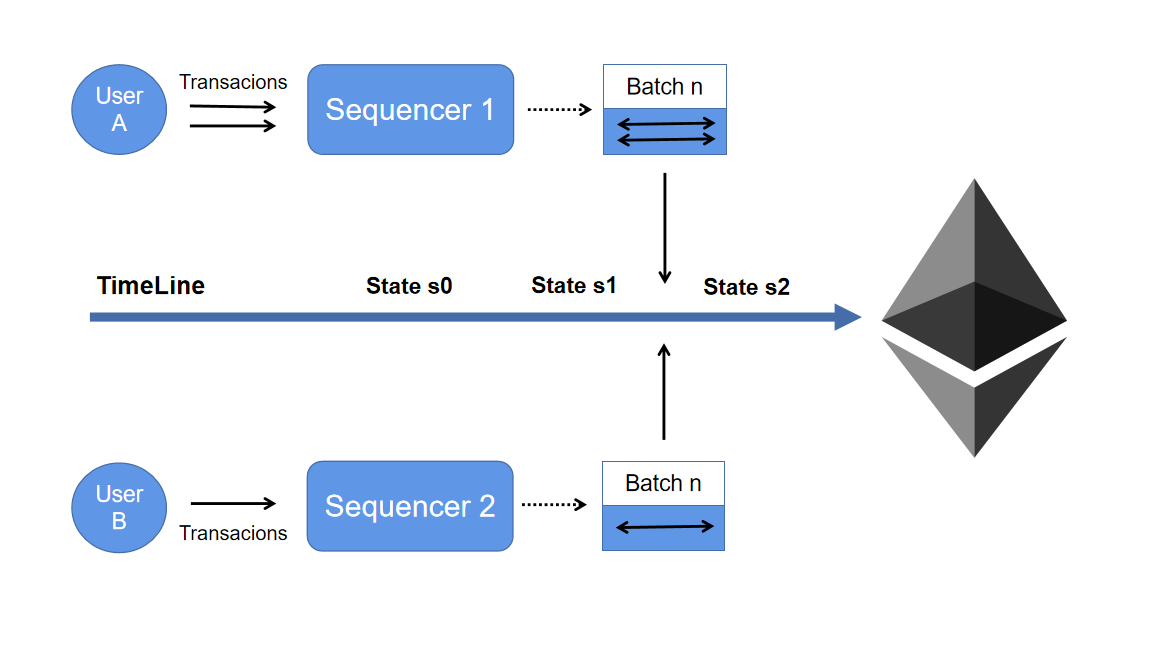
Image source: Ac-Core self-made
The principle of Ethereum is that each node stores and executes every transaction submitted to it by users. This high-level security method also makes the entire network very expensive, so a Rollup solution is needed to expand the entire network. To put it simply, Rollup = a set of contracts of Layer 1 + Layer 2’s own network nodes, that is, on-chain smart contracts + off-chain aggregators, which rely on Ethereum in terms of settlement, consensus, and data availability, and are only responsible for executing Rollup.
The smart contract on the chain means that its trust model is a smart contract on Ethereum, borrowing the security of Ethereum;
The off-chain aggregator means that it will execute and aggregate transactions off-chain, compress large batches of transactions, and finally put them on the Ethereum main network to achieve faster and cheaper purposes.
Layer 2 network nodes are composed of many parts, among which the sequencer component is the most important. It is responsible for receiving transaction requests on Layer 2 to determine their execution order and batch the transaction sequence, and finally transmits it to the contract of the Rollup project on Layer 1. Currently, the sequencers of all Layer 2 Rollups in Ethereum are centralized. Yes, Metis has just taken the lead in decentralized sorting.
The full node of Layer 2 can obtain the transaction sequence in two ways: one is to obtain it directly from the sequencer, and the other is to read the batch sent by the sequencer to Layer 1, but the latter has a stronger non-modifiable property. Since transaction execution will change the status of the blockchain ledger, in order to ensure consistency, the Layer 2 full node must not only obtain the transaction order, but also synchronize the ledger status with the sequencer. Therefore, the task of the sequencer is not only to send the transaction batch to the Rollup contract of Layer 1, but also to transmit the state update result StateRoot/StateDiff after transaction execution to Layer 1. Generally speaking, the job of the sequencer is to combine transaction processing and Orders blocks as they are added to the blockchain and is responsible for batching transactions and publishing them to Layer 1 smart contracts.
For the full node of Layer 2, as long as the transaction sequence and the initial StateRoot of the Rollup on Layer 1 are obtained, the blockchain ledger of Layer 2 can be restored and the latest StateRoot can be calculated. On the contrary, if the StateRoot calculated by the Layer 2 full node is inconsistent with the StateRoot published by the sorter to Layer 1, it means that the sorter has committed fraud. In summary, compared to Layer 2’s own network, Layer 1 will be more decentralized, trustless and more secure.
Optimistic Rollup, for example, allows Layer 2 full nodes to provide fraud proofs, proving that the data published by the sequencer in Layer 1 is wrong. But for Optimism, which has no fraud proof, if it really wants to steal Layer 2 user assets through the sequencer, it only needs to ask the sequencer operator to forge transaction instructions and transfer other people’s Layer 2 assets to its own address, and finally transfer the stolen coins to Layer 1 through the Bridge contract that comes with Rollup.
Thoughts on Metis
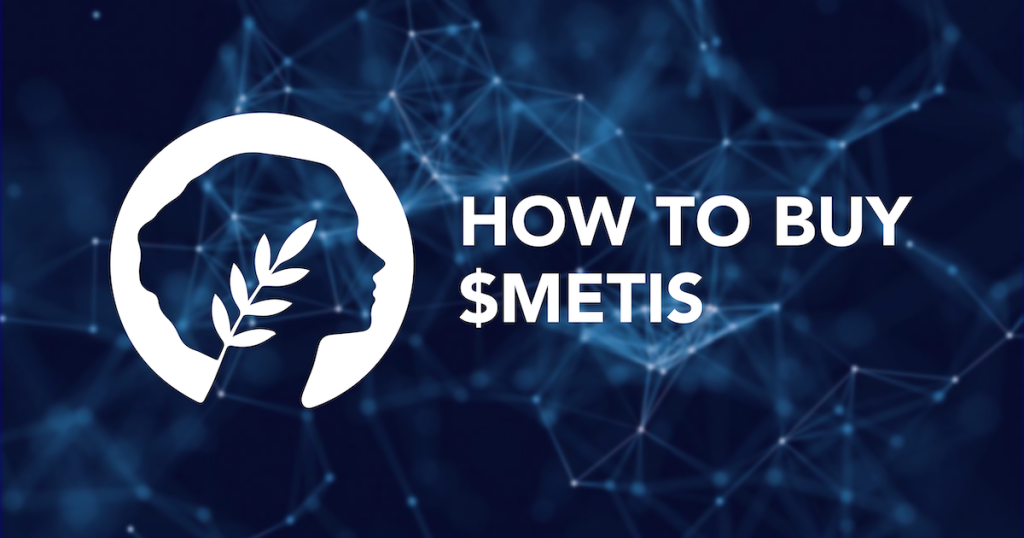
Source: Chaindebrief
The biggest recent hype for Layer 2 is undoubtedly the Cancun upgrade, but this will not have unique benefits for Metis but will be universal. Putting aside the influence of market sentiment of Vitalik Buterins mother/best friend, the biggest competitive point between Metis and other Layer 2 is its decentralized sorter and decentralized economic model. The overall market value of TVL is more in line with market users expectations. Metis Confidence Feedback.
Metis is different from other Layer 2s in the way they hold on to financial power. Instead, they distribute more revenue to users. The overall economic model of OP Rollup is a state of strong control. Through a centralized approach, OP Token rewards are continuously distributed to the ecosystem to stimulate development and interaction, thereby profiting from the Gas price difference. Different from this method, Metis uses The income rights and interests are delegated to the pledgers to participate in the competition, greatly releasing the financial attributes of Layer 2 infrastructure, thereby attracting a lot of market attention.
MEME represents more of a culture and some socioeconomic factors. For example, in the process of buying MEME, in addition to our investment expectations of ten times, a hundred times or even a thousand times, part of it comes from the way we narrate it and various aspects of it. recognition and love due to various factors, but in the end, pulling the market is justice, and Metiss growing TVL is also a feedback from the market on its investment expectations. Let’s consider the issue of MEME attributes from a market perspective aside from the technical aspect. My point of view is that if Inscription is a tester of public chain performance, then MEME is a touchstone of market recognition to a certain extent.



